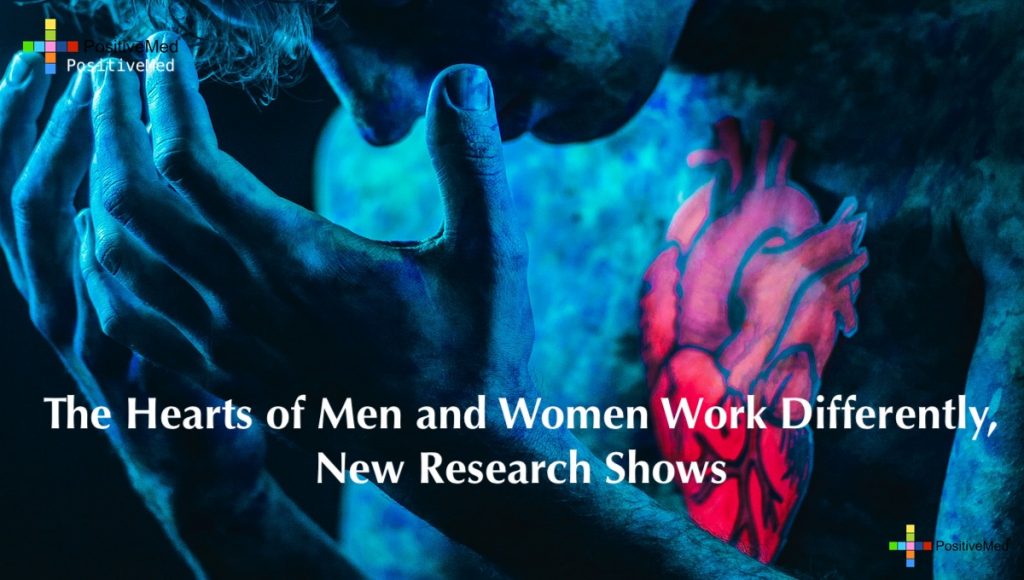It’s no surprise that men and women are built differently. However, it has become increasingly obvious to women and medical professionals everywhere that it’s time science to gain a better understanding of what exactly these differences are. When it comes to the heart and related conditions, science shows us that women and men each have their own symptoms to look out for.

Does Each Heart Work Different?
While it’s obvious to anyone that men and women are quite different from one another, medical professionals have to understand that symptoms for men look significantly different than symptoms that women experience.
When considering matters of our hearts, men are told to watch out for shooting pain in their left arm, but this tell-tale symptom is more-so geared toward men, not women. Women have other symptoms like shortness of breath, dizziness, and nausea. As these symptoms are often misdiagnosed as fatigue or something similarly non-threatening, the ability to distinguish between these types of symptoms can be the difference between life and death for women.
This difference in symptoms leads scientists to ask the question “Does each heart work differently?” According to research, they definitely do. In a specific study, scientists monitored the hearts of 20 women and men to determine the reason for this difference. The study revealed that women have more space in between their body’s cells. This space allows for more blood to flow into their hearts–both with a resting and active heart rate.
This key difference in structure and function of the male and female body may explain why their symptoms are so different. Researchers think that these differences are due to the fact that women’s hearts have a greater amount of smaller blood vessels supplying their hearts with blood than men.
The Difference in Hearts
Acknowledging and understanding these key distinctions is a gamechanger for doctors. These differences can affect how doctors operate in emergency situations. For example, if a woman is experiencing cardiac arrest, doctors watching for symptoms common in men will miss important cues in their female patients, which can prove fatal.
Failure to understand the differences between male and female hearts can also lead to patients living unhealthy lives. Women that aren’t aware of these symptoms often miss the signs that something may be wrong and end up in life-threatening situations that could have otherwise been avoided.
By the time a woman named Claudia Keech realized her symptoms, it was almost too late. Claudia felt pains throughout her arms that ultimately became debilitating. After being taken to the hospital, Claudia learned that she had a blocked artery.
The condition responsible for the blocked artery caught Claudia off guard: she was born with a genetic disorder that led to her having higher levels of cholesterol. This high cholesterol contributed to her clogged artery. Had Claudia ignored the signs, she’d likely not be alive today.
One of the most important things to take away from Claudia’s story and the differences between men and women is that we should always listen to our bodies. If something feels wrong, it’s important to get help immediately. In Claudia’s case, the decision to get help was a lifesaving one.






